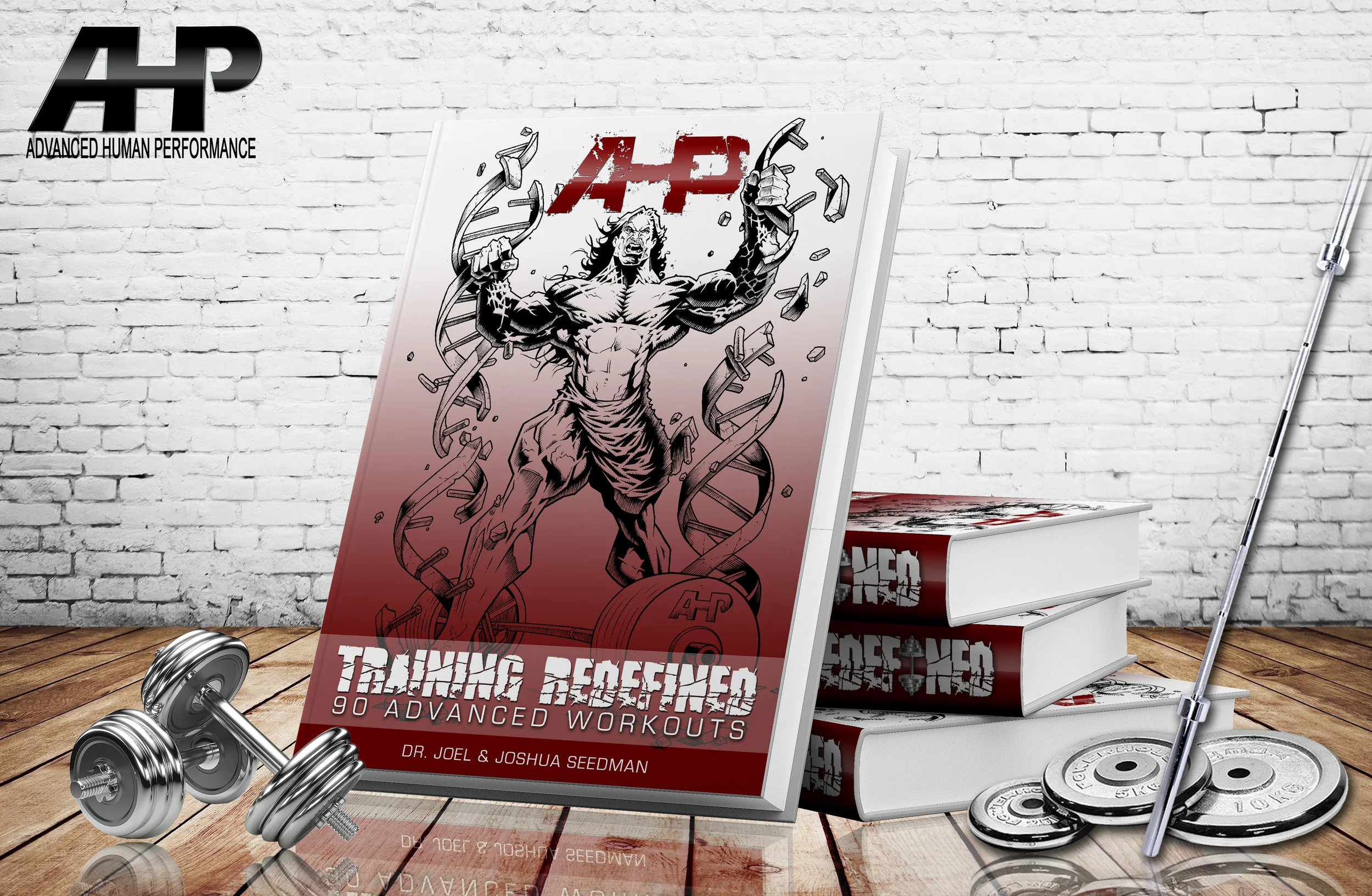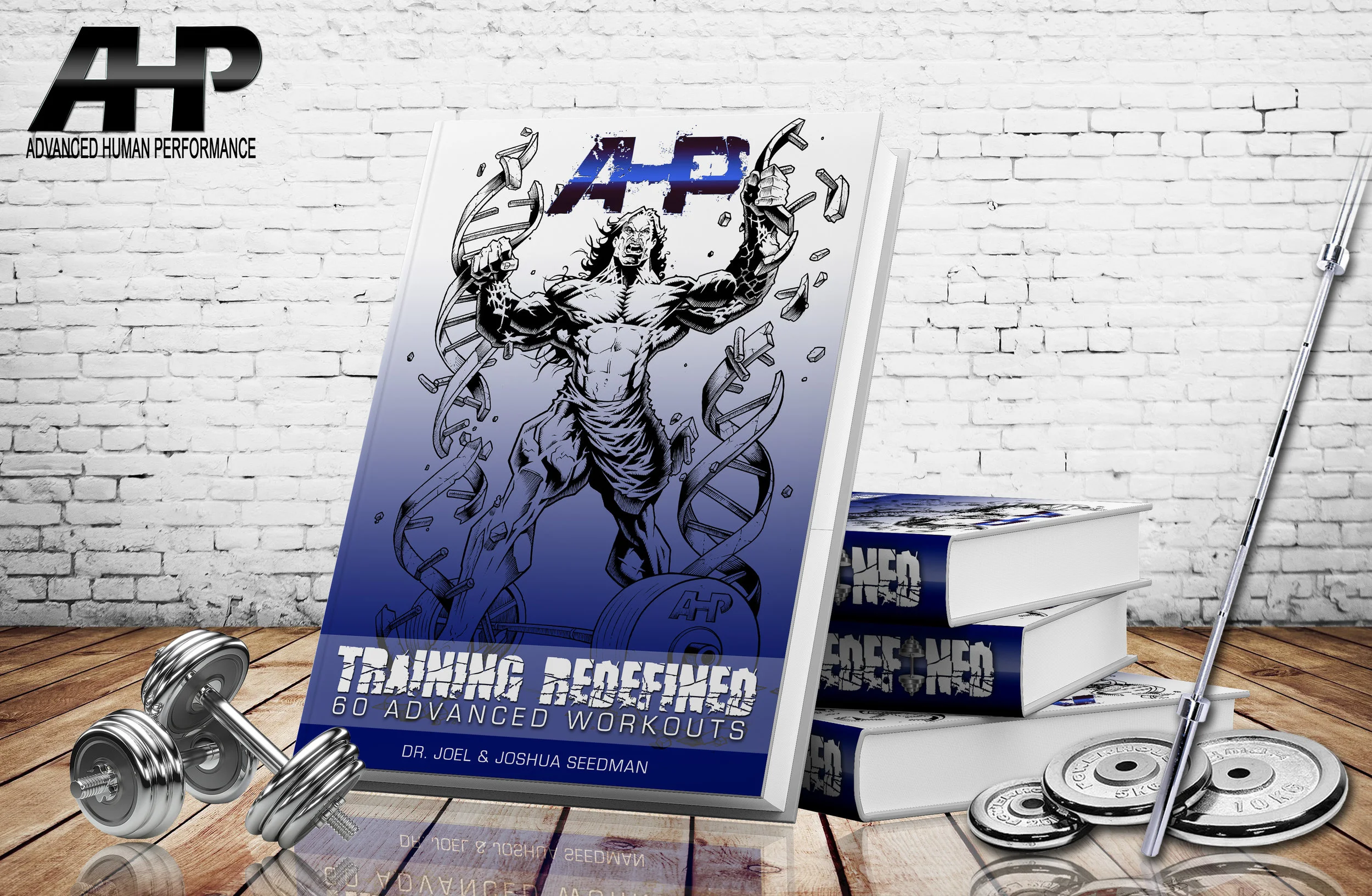Use Eccentric Isometric Trap Bar Deadlifts for Strength, Size, and Athletic Performance
Dr. Joel Seedman, Ph.D.
Looking for a simple yet highly effective trap bar deadlift variation? Try this eccentric isometric deadlift as demonstrated by NFL superstar DeAngelo Hall. I’ve had DeAngelo use a variety of eccentric isometrics over the last several months to prepare his body for the upcoming season. That’s because eccentric isometrics not only maximize intramuscular tension but they also allow the lifter to maximize their form and body mechanics by attending to sensory feedback from proprioceptive mechanisms such as muscle spindles. Read more about eccentric isometrics in my new book Movement Redefined here.
With that said, trap bar deadlifts are one of my favorite lower body exercises not only because they allow relatively safe overload capabilities but also because they’re very conducive for combining with the eccentric isometric protocol (controlled negative followed by a several second pause in the stretched position).
Essentially you’re performing a traditional trap bar deadlift movement however you’re not placing the weight back on the floor, hence the use of the smaller weight plates. A deficit setup using normal size plates and a small step box also works in a similar fashion. The key here is instead of setting the weight down between reps you’re keeping continuous and constant tension on the muscles. This constant tension maximizes proprioceptive feedback particularly when emphasizing the eccentric or stretched position.
Eccentric isometric trap bar deadlifts (read more about eccentric deadlifts here) are arguably one of the most effective lower body exercises for athletes as the mechanics and overall body position mimic a jump stance or athletic stance typically incorporated on the playing field. The transfer this has to athletic performance including jump performance, running technique, landing mechanics, agility, and force absorption are significant.
They’re also incredibly effective for crushing the quads, glutes, and hamstrings. That’s because of the constant tension combined with significant overload that athletes can typically handle with the trap bar produce unprecedented levels of muscle damage and mechanical tension. Trap bar deadlifts combined with the eccentric isometric protocol also produce significant growth in the upper back and traps due to the continuous axial loading that’s applied directly to the hands/arms. However, because the load is placed closer to the center of gravity (as the arms are kept to the sides rather than the front of the body) they’re also much safer than most deadlift variations.
Here’s another one of my NFL athletes Brandon Chubb demonstrating the same movement as we prep him for the next NFL season.
Training Protocols
I typically recommend using 50-80% of the load you would typically use for traditional trap bar deadlifts. In addition 3-5 sets of 4-6 reps are ideal for maximizing body mechanics as well as functional strength and hypertrophy. Super-setting these with jumps such as box jumps and plyometrics is also very effective as the eccentric isometric positioning helps reinforce optimal body mechanics that transfers to the subsequent jumps.
Are Eccentric Isometric Deadlifts Safe? YES!!!!
Performing eccentric isometric deadlifts or deadlifts with an emphasized eccentric phase are in fact very safe provided proper mechanics are maintained. However I only recommend incorporating this on trap bar deadlifts and squat stance deadlifts (read more about squat stance deadlifts here) as both sumo and conventional deadlifts are not ideal for slower eccentrics. The key is maintaining a neutral spine throughout and keeping body mechanics locked in.
If the lifter is unable to do this (maintain proper form and postural alignment) on the eccentric phase of the movement then he or she should in fact allow the weight to free-fall on the negative rather than controlling it, as performing an eccentric emphasized deadlift with faulty mechanics is in fact one of the most dangerous training mistakes you can make. However, if a lifter is unable to control the eccentric phase of the deadlift and incorporate proper mechanics on the negative then he or she probably has no right to be performing deadlifts with that particularly load in the first place.






























